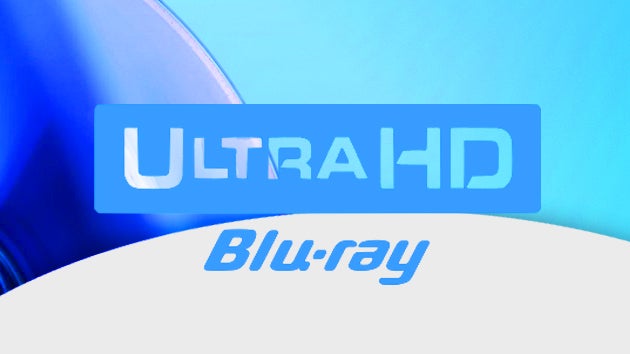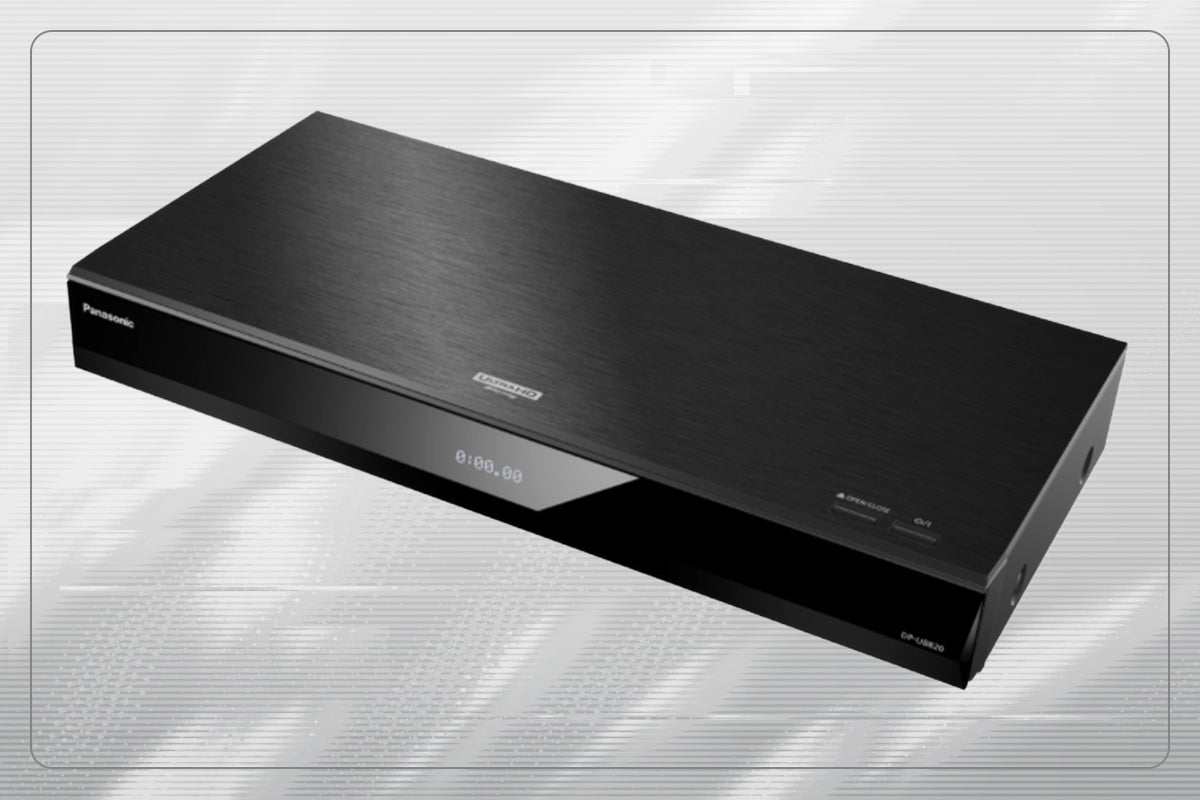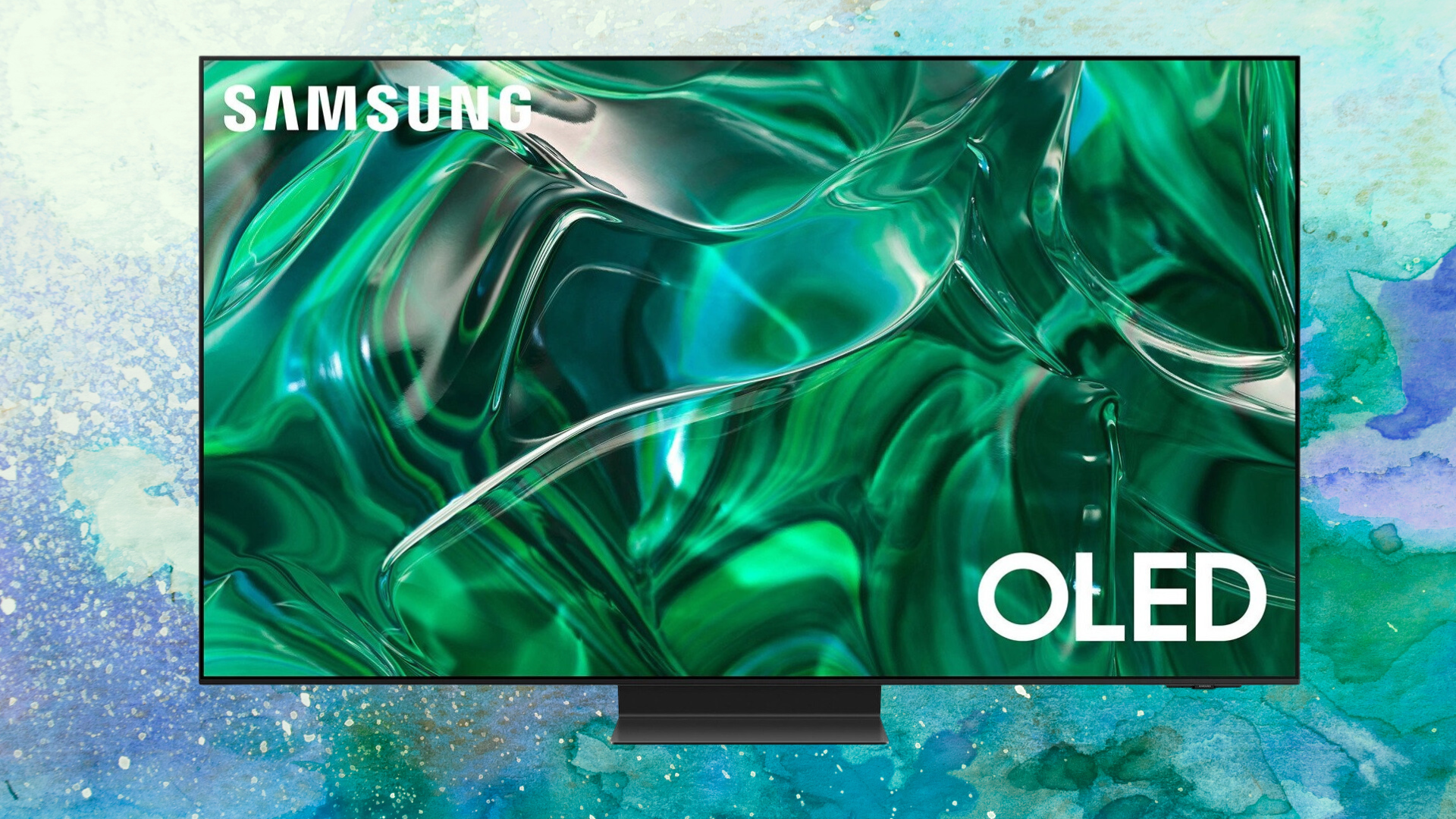4K Ultra HD Blu-ray: Complete guide to 4K Blu-ray movies, players and discs

What is Ultra HD Blu-ray technology, what do you need to watch it, and what are the best 4K Ultra HD discs you can buy right now? We go through everything you need to know about UHD Blu-ray – and why you might consider upgrading.
So you’ve just bought a shiny new 4K TV. Now you need something to watch on it to really show it off. But, where is the content?
Netflix and Amazon offer some 4K content, but they’re not ideal. They require a fast and stable internet connection (good luck getting that in the UK) and the selection isn’t particularly varied. You’re limited to TV shows, mostly – Netflix mostly has 4K TV shows and Amazon charges you extra for 4K films.
To get the best-looking films on your TV, you should consider Ultra HD Blu-ray – also known as 4K Blu-ray. That’s got the best possible picture in home media right now, and it’s not reliant on the internet gods.
Read on for our complete guide to Ultra HD Blu-ray players – or scroll down for our list of the best 4K Blu-ray films you can buy right now.
What is Ultra HD Blu-ray?
You’ve heard of Blu-rays, right? That’s a huge step over the old DVD in terms of picture quality. Ultra HD Blu-ray is the next step up. As the name suggests, it supports 4K Ultra HD, which offers about 8.3 million pixels – that’s four times what you get in Full HD/1080p. When you cram more pixels into the same sized TV screens, you get a sharper, clearer picture.
It’s not just about sharpness, either. UHD Blu-ray also adds all sorts of useful things like High Dynamic Range (HDR) and new-gen audio standards like Dolby Atmos. HDR is a new standard designed to deliver a wider range of colour, brightness and contrast, in theory taking the picture a lot closer to what our eyes are capable of perceiving. Dolby Atmos, meanwhile, is an audio upgrade, essentially offering more subtlety and location precision to sound effects.
Sadly, all this requires higher capacity discs, which is why a new format is required. That means Ultra HD discs won’t play on a normal Blu-ray player, though you can play older Blu-ray discs on an Ultra HD player.
Why should I care?
There’s no denying Ultra HD Blu-ray and 4K TVs are luxuries, but they’re luxuries worth having. And if you want the absolute best possible picture from your 4K TV, Ultra HD Blu-ray is where you’ll find it.
High Dynamic Range, or HDR for short, is especially important because it adds support for a greater range of colours and picture information than old Blu-ray discs, vastly improving the picture you see. In fact, HDR support is arguably more important than the increase in picture detail, though we like both all the same.
What do I need to watch Ultra HD Blu-ray discs?
You need three things: an Ultra HD Blu-ray player, an Ultra HD TV and some discs, obviously. There are a few important caveats, though.
First, you’ll need to make sure your TV supports at least the HDMI 2.0 standard. Most TVs now will, but very cheap models and some models from 2014 or earlier might not. Check your manual or Google the model number to find out – the even newer HDMI 2.1 standard should also be fine.
Also, only TVs sold in 2016 onwards will support HDR pictures. That’s because HDR requires TVs that can display more colours and have a higher peak brightness.
You can still enjoy Ultra HD Blu-ray without an HDR-ready TV, but it’s loads better if you do have one.
Finally, there are a number of players to choose from right now, including the impressive Panasonic DMP-UB9000, the Panasonic DB-UB820, and the Sony UBP-X800 to name a few. You can find more recommendations in our guide to the best 4K Blu-ray players.
There is a more unconventional option: the Xbox One S is the first games console to also play 4K Ultra HD Blu-rays, and it’s actually pretty good at it. The newer Xbox Series X also supports this format, but the Xbox Series S does not.




